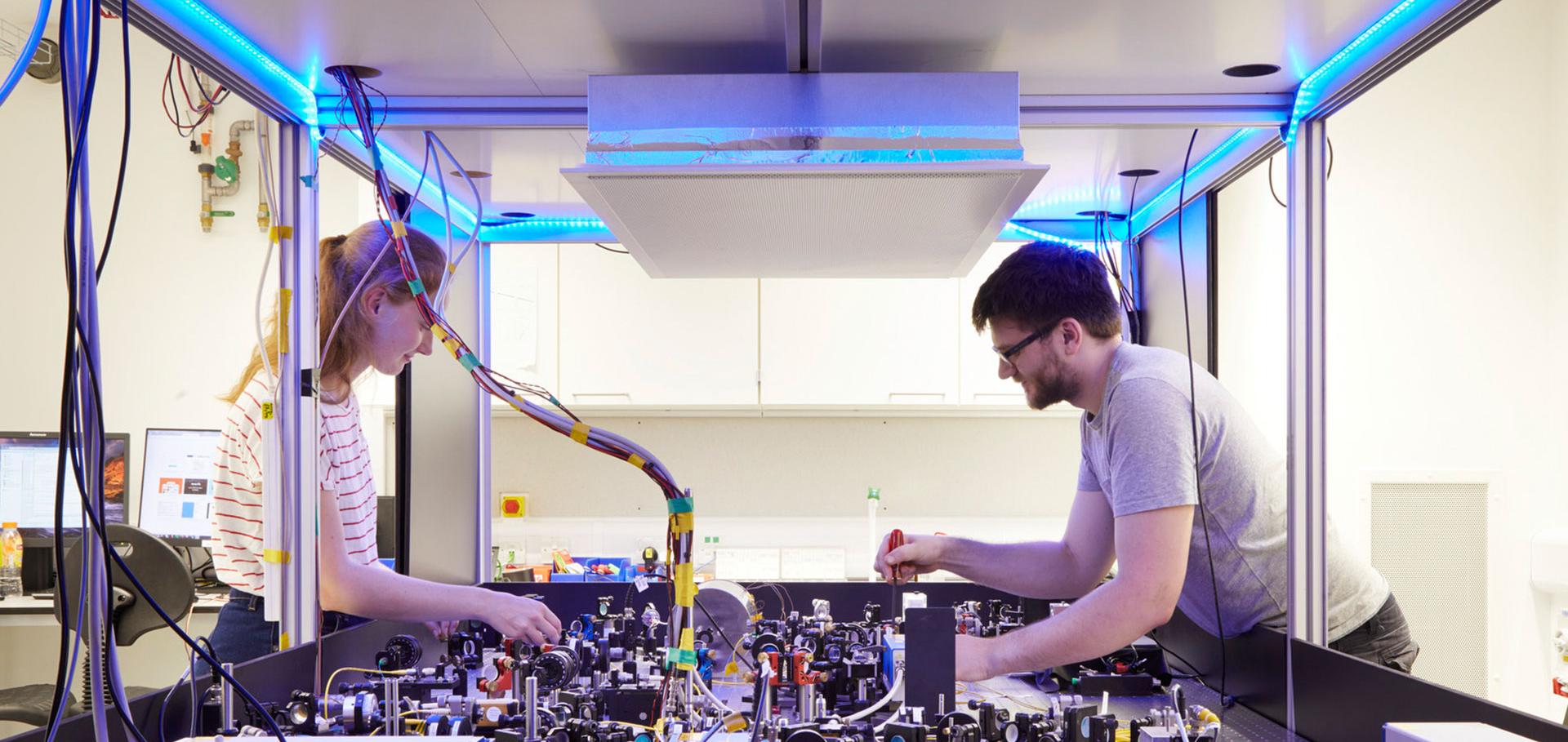Many-Body Quantum State Diffusion for Non-Markovian Dynamics in Strongly Interacting Systems.
Physical review letters 128:6 (2022) 063601
Abstract:
Capturing non-Markovian dynamics of open quantum systems is generally a challenging problem, especially for strongly interacting many-body systems. In this Letter, we combine recently developed non-Markovian quantum state diffusion techniques with tensor network methods to address this challenge. As a first example, we explore a Hubbard-Holstein model with dissipative phonon modes, where this new approach allows us to quantitatively assess how correlations spread in the presence of non-Markovian dissipation in a 1D many-body system. We find regimes where correlation growth can be enhanced by these effects, offering new routes for dissipatively enhancing transport and correlation spreading, relevant for both solid state and cold atom experiments.High-fidelity multiqubit Rydberg gates via two-photon adiabatic rapid passage
QUANTUM SCIENCE AND TECHNOLOGY 7:4 (2022)
Measurement of Identical Particle Entanglement and the Influence of Antisymmetrization.
Physical review letters 125:18 (2020) 180402
Abstract:
We explore the relationship between symmetrization and entanglement through measurements on few-particle systems in a multiwell potential. In particular, considering two or three trapped atoms, we measure and distinguish correlations arising from two different physical origins: antisymmetrization of the fermionic wave function and interaction between particles. We quantify this through the entanglement negativity of states, and the introduction of an antisymmetric negativity, which allows us to understand the role that symmetrization plays in the measured entanglement properties. We apply this concept both to pure theoretical states and to experimentally reconstructed density matrices of two or three mobile particles in an array of optical tweezers.Dissipation engineering of fermionic long-range order beyond Lindblad
(2025)
Dynamical structure factor from weak measurements
Quantum Science and Technology IOP Publishing 10:3 (2025) 035045


